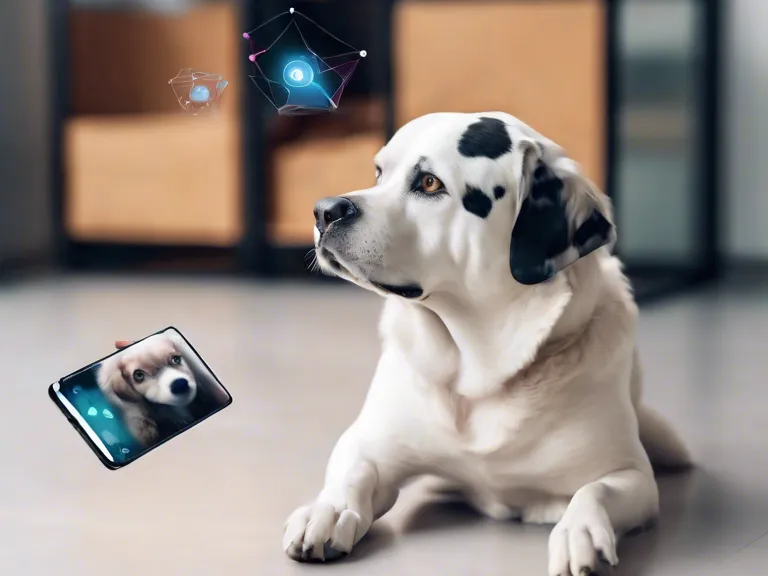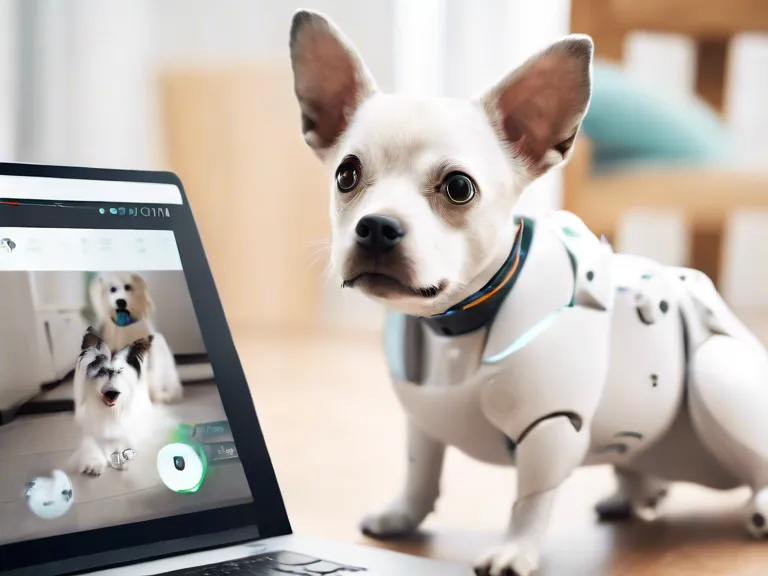
Artificial intelligence (AI) technology is revolutionizing the way we communicate with our pets, breaking barriers in human-animal interaction. From translating barks and meows to understanding body language, AI is enabling humans to better understand and connect with their furry companions like never before. This advancement in technology is bridging the gap between species and enhancing the bond between pets and their owners.
One of the most prominent uses of AI in pet communication is through devices like smart collars and pet trackers. These devices use AI algorithms to analyze the sounds and movements of animals, providing insights into their behavior and needs. For example, a smart collar equipped with AI technology can decipher a cat's meow and alert the owner if the cat is hungry, in pain, or simply in need of attention.
AI-powered pet translators are also becoming more prevalent in the market, allowing pet owners to have two-way conversations with their animals. These devices use machine learning algorithms to translate animal sounds and body language into human language, giving pet owners a deeper understanding of their pets' emotions and desires.
Furthermore, AI is being used to develop virtual assistants specifically designed for pet care. These assistants can provide personalized advice on pet nutrition, health, and behavior based on data collected from the pet's daily activities. By using AI technology, pet owners can ensure their furry friends are happy and healthy, leading to a stronger and more fulfilling human-animal relationship.
In conclusion, AI is transforming pet communication by breaking barriers in human-animal interaction. Through smart collars, pet translators, and virtual assistants, pet owners can now better understand and connect with their beloved companions. As AI continues to advance, the bond between humans and animals will only grow stronger, leading to happier and healthier pets.


